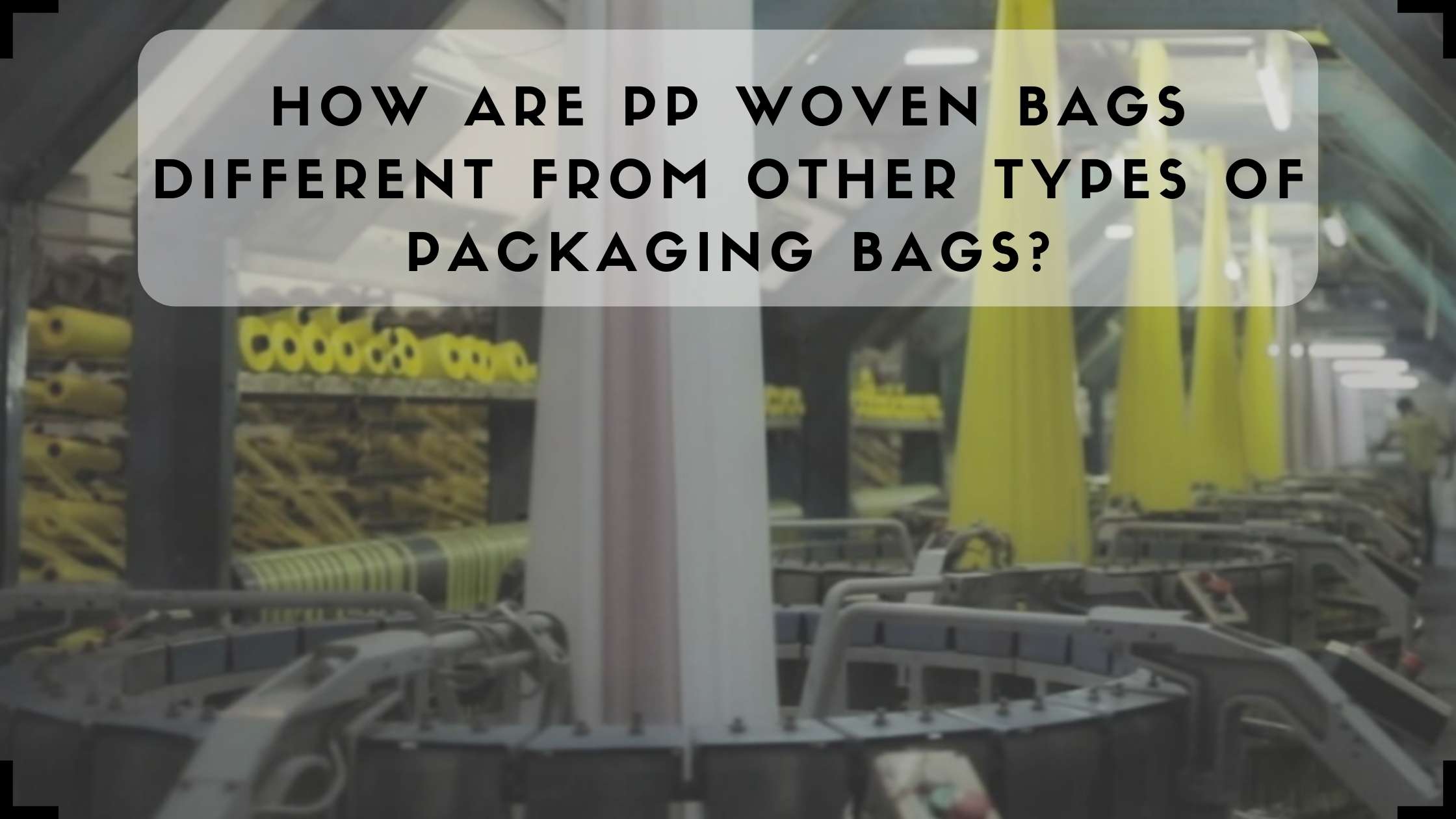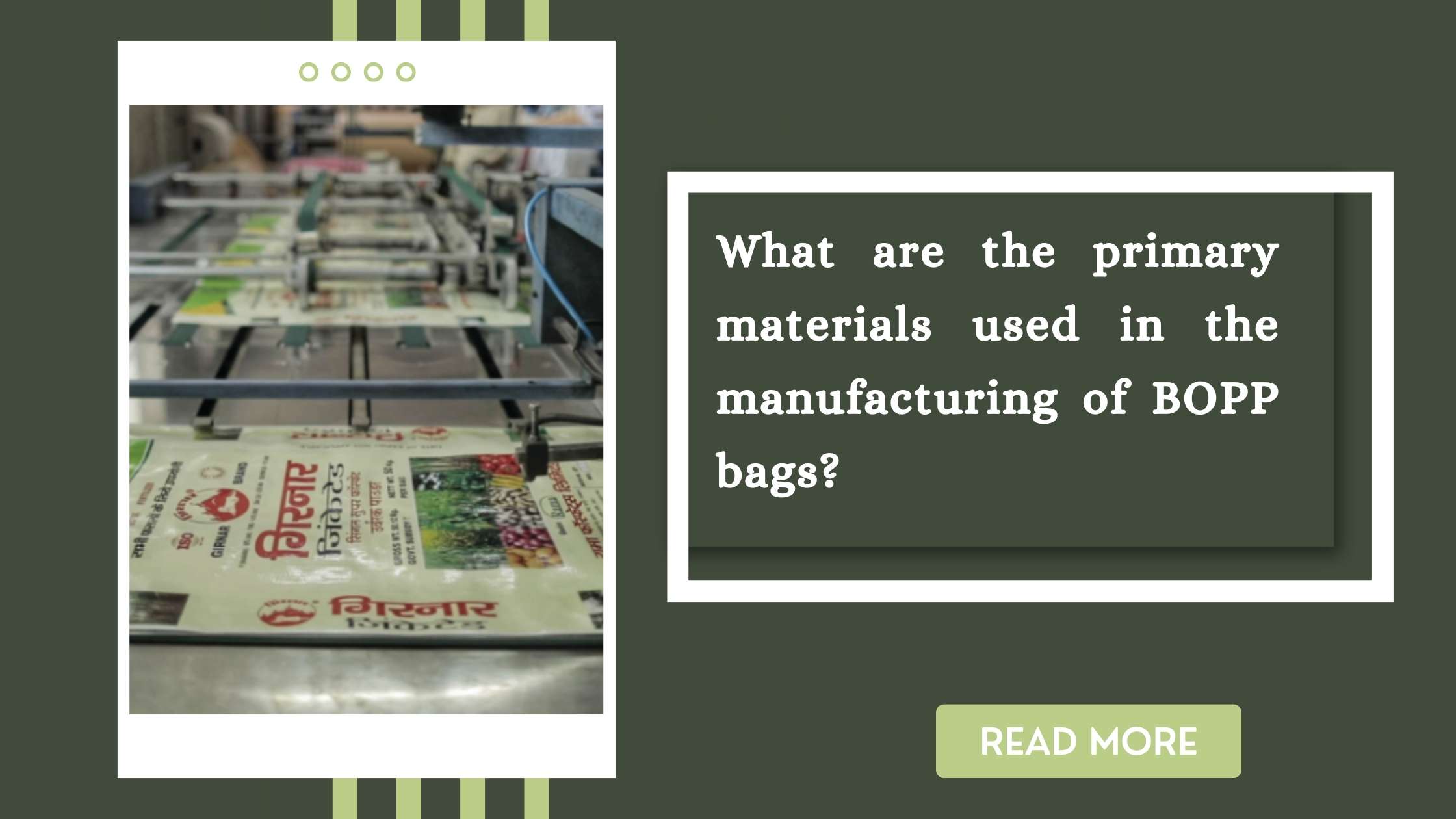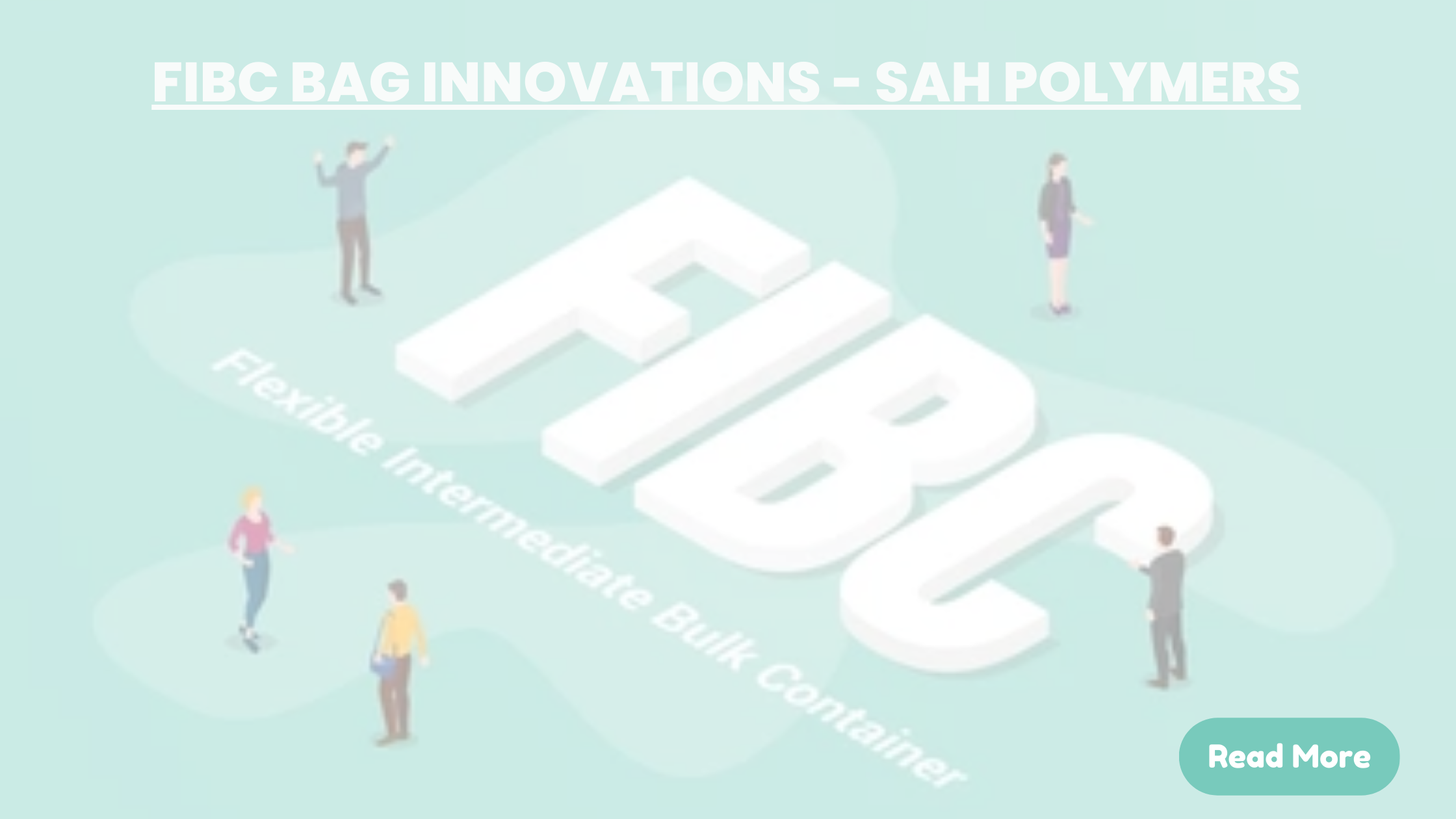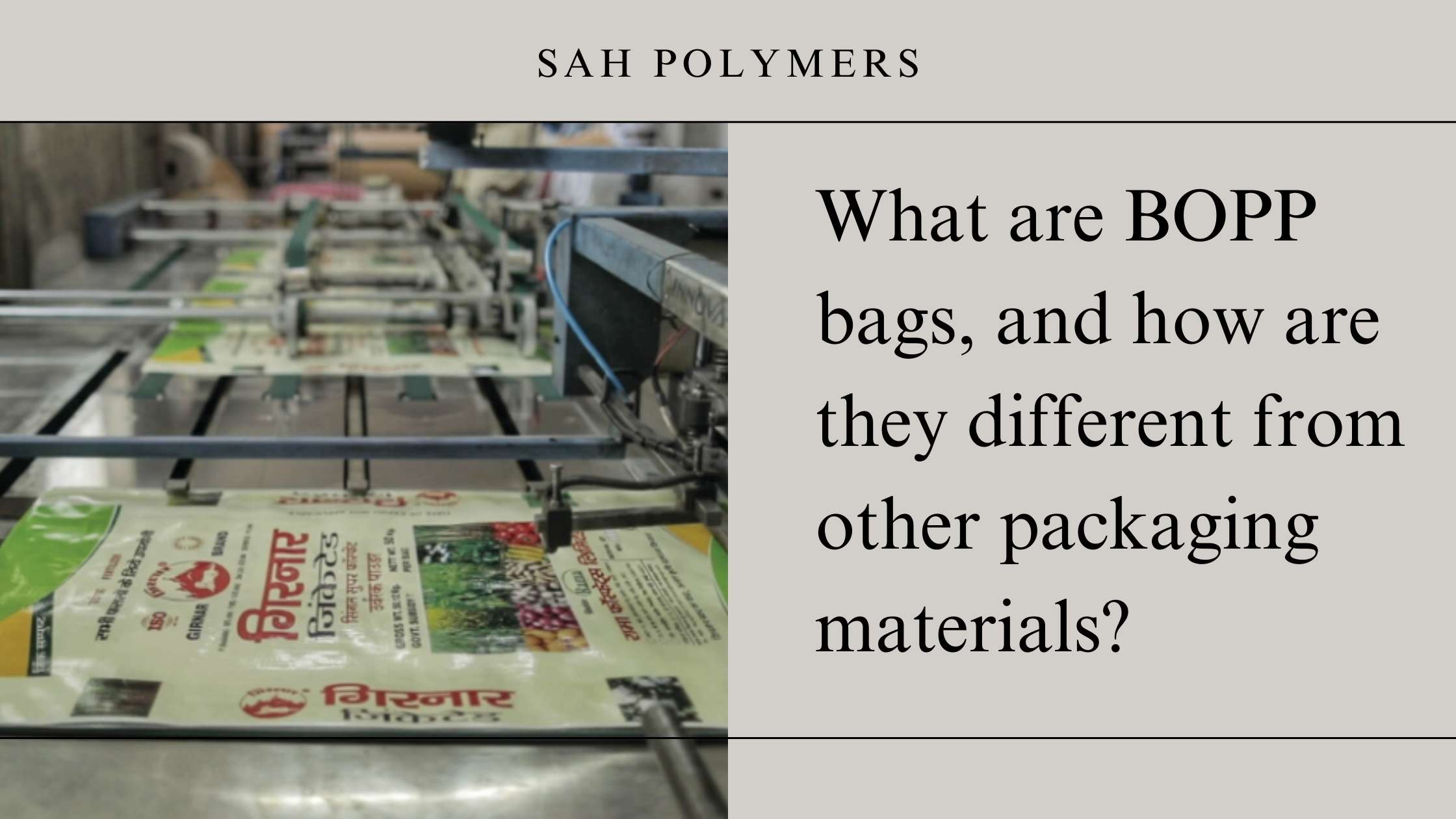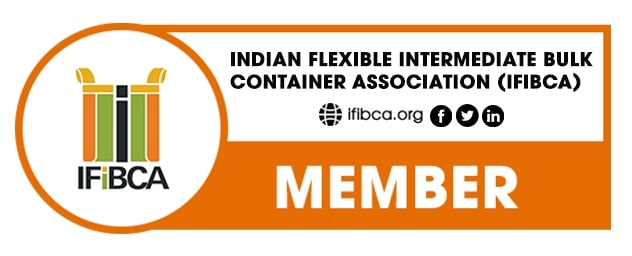PP woven bags, often referred to as PP woven sacks, are an essential part of our everyday lives, even if we don’t always realize it. These durable and versatile bags have a wide range of applications and come in various forms, from standard woven bags to laminated and printed options. In this comprehensive guide, we’ll delve into the world of PP woven bags, exploring their manufacturing, properties, environmental impact, and much more.
What is Polypropylene?
Polypropylene (PP) is a thermoplastic polymer that is widely used in various applications due to its versatile properties and relatively low cost. It is a type of plastic that belongs to the polyolefin group, which also includes polyethene. Environmental impact and sustainability In recent years, the sustainability of materials has become a significant concern. Polypropylene’s environmental impact is noteworthy. It is a highly recyclable material, and many PP woven bags are designed with eco-friendliness in mind. We’ll explore how this versatile material aligns with eco-conscious initiatives and contributes to a greener planet.
What are PP Woven Bags?
PP woven bags, also known as polypropylene woven bags, are durable and versatile packaging solutions. Constructed from polypropylene, a thermoplastic polymer, these bags offer exceptional strength, making them ideal for storing and transporting a wide range of products, from grains and seeds to chemicals and fertilizers. The woven design provides tear resistance and prevents moisture intrusion, ensuring the integrity of the contents. These bags are popular in industries such as agriculture, construction, and shipping due to their cost-effectiveness and ability to withstand heavy loads. With their customizable sizes and printing options, PP woven bags are a reliable choice for various packaging needs.
Manufacturing Process of Woven Bags
PP woven bags are widely used for packaging in industries such as agriculture, food, chemicals, and more. These bags are durable, lightweight, and offer excellent resistance to moisture and chemicals. The manufacturing process of PP woven bags involves several steps, each crucial in creating a strong, reliable, and cost-effective packaging solution.
1. Extrusion of Polypropylene Resin
The process starts with the extrusion of polypropylene resin. PP resin, in the form of small beads or pellets, is fed into an extruder machine. Inside the extruder, the resin is melted at high temperatures (around 200 to 300 degrees Celsius) and formed into a molten polymer.
2. Formation of Flat Yarns
The molten PP is then passed through a spinneret to form flat tapes or yarns. This spinneret has multiple holes, each corresponding to a tape that will eventually make up the woven fabric. The speed of the extrusion process determines the thickness and strength of the yarn.
3. Stretching and Drawing
The flat tapes are then stretched and drawn to align the polymer molecules, increasing the strength and durability of the resulting fabric. This stretching process also controls the width and thickness of the yarn, which will influence the final properties of the woven bag.
4. Weaving
The stretched tapes are woven using a circular loom or a flat loom. Circular looms are commonly used for tubular woven bags, while flat looms are used for flat woven fabric, which is later cut and stitched into bags. The weaving process interlaces the tapes, creating a strong and flexible fabric.
5. Lamination
In some cases, PP woven bags may undergo lamination for added protection. A thin layer of polyethene (PE) film can be applied to one or both sides of the woven fabric. This lamination improves the bag’s resistance to moisture and makes it more suitable for packaging products that require extra protection.
6. Printing
After the fabric is woven and optionally laminated, it can be printed with designs, logos, product information, or handling instructions. Printing is typically done using a flexographic printing process, where ink is applied to the fabric through flexible relief plates.
7. Cutting and Stitching
The printed woven fabric is then cut into panels of the desired size for the bags. These panels are stitched together using high-speed sewing machines equipped with special needles and threads designed for PP woven fabrics. The stitching creates the sides and bottom of the bags, leaving the top open for filling.
8. Hemming and Finishing
The top of the bag is folded over and stitched to create a hem, reinforcing the opening and preventing fraying. Some bags may also have a drawstring closure or other types of closures added at this stage. The finished bags undergo quality control checks to ensure they meet the required specifications.
9. Baling and Packaging
Once the bags are manufactured and inspected, they are usually baled for transportation and storage. Baling compresses the bags into compact, uniform bundles, ready for shipping to customers. Depending on the order, bags may be packed into larger containers for bulk delivery or palletized for easier handling.
Types of PP Woven Bags
1. Standard Woven Bags
Standard woven bags are the workhorses of the packaging world. They are robust, cost-effective, and ideal for heavy-duty applications. These bags are commonly used in industries like agriculture and construction for their exceptional durability.
2. PP Liner Bags
Liner bags are the perfect fit for products that require high protection from air, sunlight, and water. It can be used to transport snacks which are usually stored in airtight containers to keep them away from air and moisture. The use of liner bags will make sure that the product is well protected. Liner Bags can not only be used for snacks but also for sugar and other powder products like detergent powders.
3. PP Plain Bags
PP plain bags are great for storing food grains and animal feeding grains as it is tear-resistant and strong enough to hold the bulky weight of grains. It can be used to store the grains for a longer period. It will make the transportation of food grain much safer and not at all messy. Buy our best quality PP plain Bags.
4. Gusseted Bags
An extra layer of material is added to the bottom of a bag or on the sides of the bag which adds volume and a boxy space that supports the bag to stand upright. These bags are best suited to keep food items like cookies, nuts, bread, and many more products.
5. PP Laminated Bags
When Poly film is coated on plastic Bags it is known as Laminated Bags. Laminated bags enhance the look of the packaging and make the product identity much more clear. These bags are best if the product has to be stored for a long time. It is lightweight and strong so it makes the packaging tear-resistant. Products like food grains can be stored in PP laminated Bags.
6. BOPP Laminated Bags
Bopp stands for Biaxially Oriented Polypropylene. A thin layer of it is added on the top of the Laminated Bags to enhance the strength of the bags. Adding BOPP to the bags makes the look of pp bags look nicer than before. It is also durable. BOPP Laminated Bags are a great fit for transporting bulky goods.
Use of PP Woven Bags
Woven PP bags are gaining a lot of popularity in the market these days and for all the right reasons. It has emerged as a new kind of environmentally friendly packaging which comes with a lot of benefits. With the multiple advantages offered by PP woven bags, it is advantageous for everyone to switch to these bags. Let’s take a look at the properties of woven bags which make them the perfect choice for everyone,
1. Reusable and Durable
PP woven bags are 100% reusable, which means you can easily use them again and again. This will help save a significant amount of money in the long run. Moreover, they also help in making the environment a better place as you refrain from using plastic bags. Furthermore, these bags are extremely durable which also saves a lot of money. You won’t have to keep buying new bags over and over because PP woven bags last longer. So, you get great savings along with high durability.
2. Resistant to Stress and Cracking
PP woven bags are known for having excellent stress resistance. This means they can endure harsh conditions easily without succumbing to them. Similarly, they have a high resistance to cracking so you won’t have to replace them often. Being resistant to stress and cracking, PP woven bags take away the stress of things leaking and dropping. These bags make sure your items are safely stored. Sah Polymers Limited offers high-quality PP woven fabric rolls which you can get at great prices.
3. Lightweight and Flexible
One of the most beneficial properties of PP woven bags is that they are lightweight. Usually, the bags in which we store items are quite heavy which just adds to the load. However, with PP Woven Bags, you don’t have to worry about extra weight. Moreover, they are flexible which makes them fit anywhere easily. Similarly, it does not put any limitations on the matter which one wants to store in them.
4. Breathable and Appealing
This property is especially essential for agricultural and food packaging. The breathable property in the bag ensures, food items do not go stale reducing any wastage. On the other hand, they can also be laminated in case you want it to be a barrier of moisture or vapour to keep the contents inside safe. Another benefit of PP woven bags is that they are very appealing. You can keep them partially transparent or get your design printed on them for branding & marketing purposes.
5. Water Proof
A very important feature we all look for in bags is the waterproof one. Storing things in a waterproof bag will always be better in any circumstance. Likewise, PP woven bags are waterproof with a laminated film. In other words, these bags do not degrade when wet. This property comes in a lot of use in bulk packaging. As the products stored in these bags are moved from one place to another, it is advantageous to keep them in waterproof bags.
6. Excellent Burst Strength
The excellent burst strength of PP woven bags makes them a great choice for everyone. Their burst strength is better than plastic bags which make it ideal for storing products of all kinds, bulk or single ones. This feature takes away from dealing with the unnecessary stress of the security of products and the bag. As a manufacturer of woven fabric rolls, Sah Polymers Limited understands this and strives to offer only top-notch products that will prove to be a great companion for your goods.
7. Safe Storage
Usually, when we store bulk items, the main issue is of the safety and security of these goods. With PP woven bags, it is not something to worry about. The various properties they possess help in keeping the contents inside them safe and secure. Moreover, they can accommodate bulky items easily without any hassle. So, all your products which need to be transported from one place to another or stored somewhere else will remain stored safely.
Applications of PP Woven Bags
- Packaging of Food: The food we use in our day-to-day life generally uses PP woven bags for packaging & safe transportation. Our PP woven bags are widely used in the food industry because of their capacity to expand while filling the material. PP woven bags are used for the packaging of Flour, Potato, Rice, Onion, maize, sugar other food products.
- Packaging of Agricultural Products: PP woven bags are widely used in the storing of agricultural products. Because of their good strength, these are used for the transportation of Agricultural materials too. Sah Polymers manufactures PP Woven bags for Feed, chemicals, fertilizers, vegetables, etc.
- Day-to-day Life Uses: Because of the PP Woven bag’s versatility, these are used in day-to-day life & make life convenient. Sah Polymers also make bags that are best suited for shopping. Our multi-colour bags are just a perfect option for your everyday shopping.
- Construction-related PP Woven Bags: The valve bags we manufacture are best suited for the cement industry. Not only do our bags keep the cement safe from bad weather conditions but it also allows direct filling by a hose. After the material is filled to the brim the valve shuts automatically. Our PP woven bags are widely used in the construction of buildings, roads, mines, etc.
- For Protecting Materials from Moisture: PP woven bags are best if you are looking for some leak-proof bags that can protect your material from moisture too. Our Liner inserted bags are best for such material. We make PE film bag that protects the material against adverse weather conditions and keep the quality of the material intact.
Recyclability and Reusability of PP Bags
Polypropylene (PP) bags are gaining attention for their recyclability and reusability, marking a positive step towards sustainable packaging solutions. PP bags, often used for packaging food, textiles, and consumer goods, can be recycled into various products such as new bags, plastic lumber, and even automotive parts. This recyclability reduces the demand for new plastic production, cutting down on both energy consumption and greenhouse gas emissions.
Moreover, PP bags’ durability makes them ideal for reuse in various ways. They can be repurposed for shopping, storage, or even arts and crafts projects. This reusability not only extends the life cycle of the bags but also minimizes waste generation. Industries are increasingly adopting the practice of collecting and recycling PP bags, contributing to a circular economy model. Consumers, too, play a crucial role by choosing reusable PP bags, thus promoting a more sustainable and environmentally friendly approach to packaging.
Conclusion
In conclusion, PP woven bags are more than just sacks; they are a sustainable, versatile, and cost-effective packaging solution. As we move towards a more environmentally conscious world, the importance of PP woven bags cannot be overstated. With their many advantages, they offer a promising future for various industries and applications. Keep an eye on the evolving trends in PP woven bag technology, as it’s a space that continues to grow and innovate, offering even more sustainable solutions for the world’s packaging needs.

